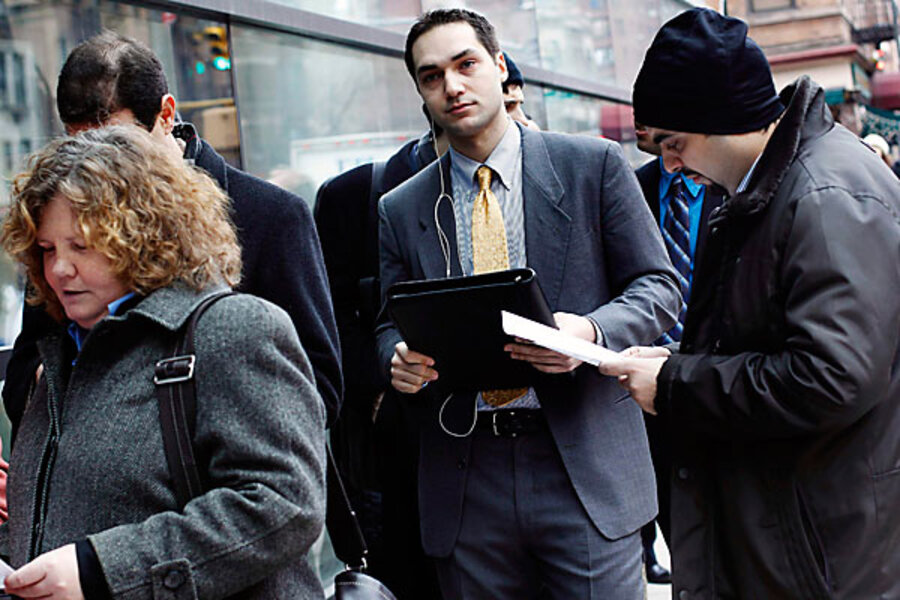The Fed: plenty of room for a mistake
Loading...
There seems to be broad agreement among economists that the current recovery from the recession will be characterized by a slowly falling unemployment rate. This makes a good deal of sense since the problem that created the recession was a misdirection of resources into a number of sectors including housing construction and the financial industry.
Reallocation of resources takes time. The government is not helping matters in trying to prevent adjustments by various (but not very successful) efforts to slow or reverse the rate of fall in housing prices. It is also difficult for market participants to determine the effect of possible new policies like Obamacare or any further jobs-stimulus legislation.
The key uncertainty, however, is Fed policy. When will interest rates rise? When and how will the Fed pull back all of the new “liquidity” it created through quantitative easing – that is, buying securities other than Treasuries and paying for them with newly created money?
Keynes argued for keeping interest rates permanently low and not for lowering and raising them as a counter-cyclical policy. One reason he argued for this constancy in policy is to eliminate the very uncertainty investors feel now.
Of course this meant that if inflation threatened, Keynes would ideally use direct government control of investment to quell the pressures. I do not think this is a good idea because governments are bad at allocating capital resources (due to their ignorance of relevant economic facts and the pressures of political interests).
Nevertheless, Keynes did understand the perils of policy-created uncertainty. Yet uncertainty from the point of view of economic decision makers is not the only issue. Another, closely related, matter is whether the Fed is likely to use its uncertainty-creating discretion well in restraining inflationary pressures as we exit the recession.
A recent article in the Financial Times by Michael Bordo and John Landon Lane gives us a historical perspective, and the news is not reassuring:
Our evidence suggests that if we follow the patterns of postwar business cycles, and if unemployment has peaked in the fourth quarter of 2009, we may see a tightening in the first quarter of 2010 but more likely in the second quarter. However, if unemployment falls slowly – and if the last two recessions are any guide – the Fed may delay longer. This raises concerns that prolonged maintenance of low rates will fuel future inflation. Indeed, the public’s rush into inflation-protected government bonds may be a harbinger of a future rise in inflation expectations.
It is likely that unemployment will fall slowly. But, equally as important, whether or not unemployment will have peaked at any point will be fundamentally only an educated guess.
The upshot is we are now experiencing policy-generated uncertainty – with more to come. This will in itself mean that unemployment is likely to be stubborn. And so, if the past is prologue, inflation is on its way.
Add/view comments on this post.
------------------------------
The Christian Science Monitor has assembled a diverse group of the best economy-related bloggers out there. Our guest bloggers are not employed or directed by the Monitor and the views expressed are the bloggers' own, as is responsibility for the content of their blogs. To contact us about a blogger, click here. To add or view a comment on a guest blog, please go to the blogger's own site by clicking on the link above.





